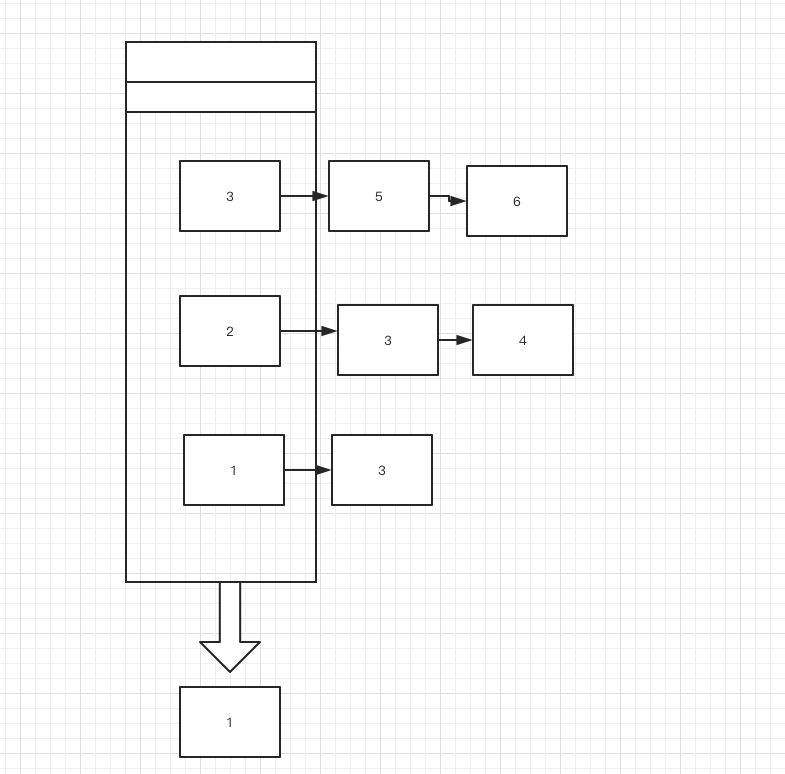Merge K sort lists

Merge k sorted lists to return the merged sorted list. Please analyze and describe the complexity of the algorithm.
Example:
Input: [ 1->4->5, 1->3->4, 2->6 ] Output: 1 - > 1 - > 2 - > 3 - > 4 - > 4 - > 5 - > 6
1. Violent solution
This solution is too violent, please use it carefully
The principle is to disassemble, sort and combine all nodes into a list, which is easy to understand
Time complexity is O(nlogn)
2. enumeration method
The main idea of this solution is to traverse the header values of all lists and push the smallest one into the current result queue

The specific solution is
var isOver = function (lists) { let r = true lists.map(val => { if (val) { r = false return r } }) return r } var minNode = function (lists) { let val = null let j for (var i = 0; i < lists.length; i++) { if (lists[i]) { if (val === null) { val = lists[i].val } // console.log(lists[i].val, val) if (lists[i].val <= val) { val = lists[i].val j = i } } } console.log(j) let m = new ListNode(lists[j].val) lists[j] = lists[j].next return m } var mergeKLists = function(lists) { if (lists.length === 0) return '' let result = null while (!isOver(lists)) { if (!result) { result = minNode(lists) } else { let z = result while (z.next) { z = z.next } z.next = minNode(lists) } } return result };
In the most extreme case, we need to traverse k linked lists every time we get elements, so the complexity is O (KN), the higher the complexity of k value. Not necessarily faster than method
3. points therapy
We only need to merge the adjacent lists, so that we can merge the lists into a sequential list with only log n operations

The total depth of recursion is logk. The number of recursion operations in each layer is n, and N is the number of all elements. So the total complexity is
O(nlogk)
/** * Definition for singly-linked list. * function ListNode(val) { * this.val = val; * this.next = null; * } */ /** * @param {ListNode[]} lists * @return {ListNode} */ var mergeKLists = function(lists) { if(lists.length == 0) return null; var k = lists.length; while(k > 1){ for (let i = 0; i < ~~(k / 2); i++) { lists[i] = mergeTwoLists(lists[i], lists[i + ~~((k + 1) / 2)]); } k = ~~((k + 1) / 2); } return lists[0]; }; var mergeTwoLists = function (l1, l2) { if (l1 == null) return l2 if (l2 == null) return l1 if (l1.val <= l2.val) { l1.next = mergeTwoLists(l1.next, l2) return l1 } else { l2.next = mergeTwoLists(l1, l2.next) return l2 } }
Submission
